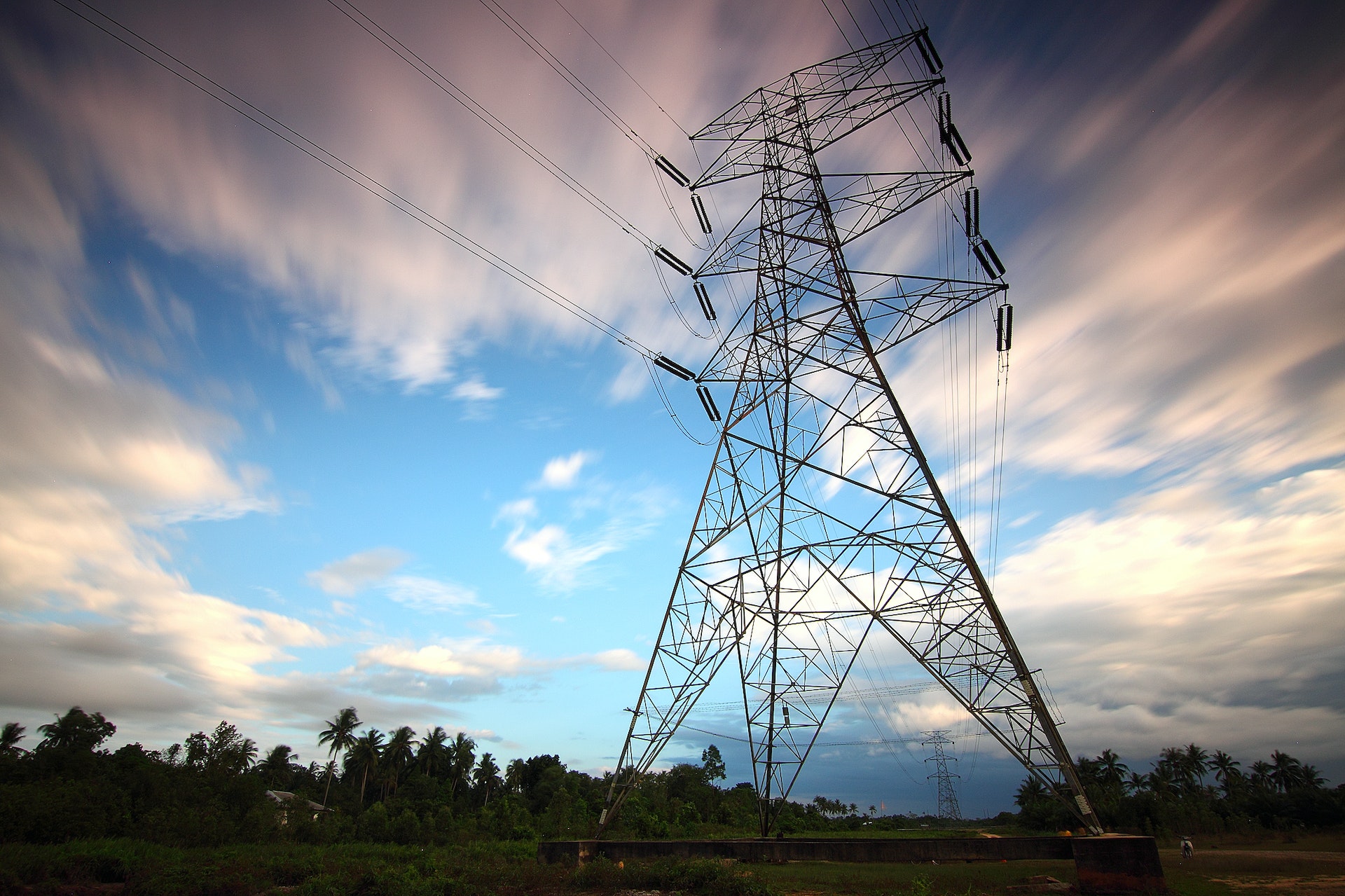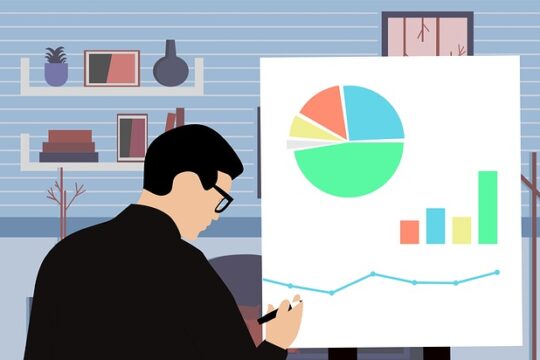
After a tumultuous year, many businesses are keen to start fresh with their energy. But does the market outlook support this?
Businesses and households alike have been suffering with their energy usage for the past year, particularly as winter descended. The need to keep warm has battled against the urge to keep bills down.
As we move further into 2023, energy users are keen to know what the future holds. We’re taking a closer look at the energy crisis, the cost of living crisis, and what businesses can do to reduce their spending.
Table of Contents
An update on the energy crisis
Let’s start with some good news in regards to the energy crisis. A fall in wholesale gas prices in expected in the second half of 2023, predicted to lower the average household energy bill by £500 a year. In other words, the price cap will be around £2,640 a year in July rather than the previously forecast £3,100.
Unfortunately, no cap exists for businesses, and state support for energy bills will conclude in the Spring and isn’t expected to be extended. The Energy Bill Relief Scheme has been offering energy discounts from the 1st October, and will end on 1st April. The Chancellor, Jeremy Hunt, says new support will be available for the most vulnerable businesses, but it will be less generous.
The cost of living crisis
The cost of living crisis is only exacerbating what has already been a tough period for energy costs. Millions of UK business owners are facing higher energy bills at a time when costs across other areas are also increasing, creating a domino effect through which they’re forced to increase their own prices. This means households – who are also struggling with high utility costs – are having to pay more for the products they need.
Hospitality, food and drink and retail businesses are most at risk, particularly small businesses. As many organisations are still trying to recover from the pandemic, the one-two-punch of two further crises is proving a lot to cope with.
Gas and electricity prices in 2023
Experts do expect gas and electricity prices to start to fall further into 2023. Also, as mentioned above, vulnerable businesses may still qualify for support on their bills.
However, as times continue to be tough, it’s recommended that businesses don’t rely on a price drop, and instead take steps towards greater efficiency. The government’s £18million ‘It All Adds Up’ public information campaign seems to be encouraging this approach.
Speak to an expert to get a handle on you should be tackling your business energy procurement.
The rise of renewables
The bright side of all of this chaos is that in the wake of such fossil fuel volatility, more people and organisations are turning to renewable energy sources.
The International Energy Agency reports that the global energy crisis is causing a sharp acceleration towards renewable energy. The hardships being felt now may actually be helping stagnate global warming at 1.5 degrees C. What’s more, the move towards cleaner energy will eventually offer greater predictability and reliability for businesses when it comes to the price of their utilities.
Preparing your business for 2023
With renewables on the rise, the energy crisis could be offering short term hardships for long term reward, but that doesn’t stop these hardships from being particularly hard for businesses and households in the here and now.
Businesses must take active steps towards effective energy management in 2023, from seeking out the best possible energy deal for your needs, to spreading the word of sustainability and efficiency across your organisation. Even the smallest steps like switching appliances off at the socket, closing office blinds at night, turning down radiators and reducing your combi boiler flow temperature can all work to improve your prices and give you greater control over what you spend.



